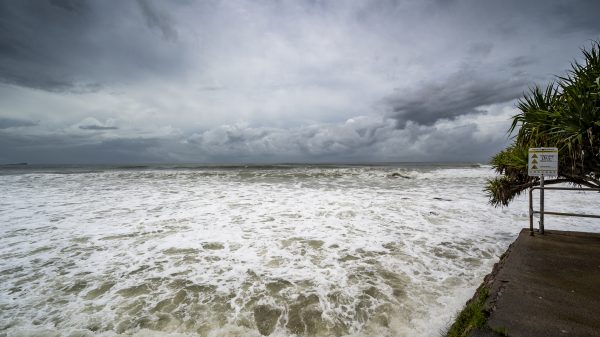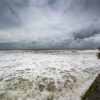Recently, a series of powerful storms swept across the U.S., unleashing tornadoes and wildfires that tragically resulted in the loss of at least 42 lives. The storms, which affected many states, caused widespread destruction, uprooted trees, destroyed homes, and left thousands powerless. As the storms moved eastward, they brought intense weather conditions, including heavy rain and snow, highlighting the urgent need to understand and prepare for such extreme weather events.
Storms Hit Multiple States Hard
The devastating storms significantly impacted several states in the Midwest and South. In North Carolina, two young children tragically lost their lives when a tree fell on their trailer, a heartbreaking reminder of the storm’s ferocity. Across the affected states, casualties included three people in Alabama, three in Arkansas, and twelve in Missouri. The storm’s devastation continued to be felt in Oklahoma, Kansas, Mississippi, and Texas, where wildfires worsened the situation, adding to the death toll.
Tornadoes Cause Major Damage
As these storms rolled through, they were accompanied by a series of tornadoes, some of which were very powerful. In Jackson County, Arkansas, an EF-4 tornado with winds reaching 190 mph caused extensive damage, daunting emergency responders. An EF-2 tornado remarkably lifted a school bus and placed it on the roof of a high school in Alabama, underscoring the unpredictable nature of these weather phenomena. According to the National Weather Service, at least eight tornadoes were officially confirmed to have touched down throughout Mississippi, leaving a trail of destruction.
Power Outages Affect Thousands
The wild weather did not just take lives; it also left over 120,000 customers without power across several states. These outages have made life difficult for many families, preventing them from accessing heat, food, and necessities during this turbulent time. Suggestions for preparation and safety during power outages have become vital as communities work to recover and assist their residents.
Further Risks Ahead
Even as the storms began to move east, forecasters warned millions in the western U.S. of impending winter storm warnings. This follows the lower temperatures and heavy rain that have already caused problems in the southern parts of the country. Residents in these areas are advised to stay alert and prepared for possible adverse conditions.
Emergency Responses and Community Support
In the aftermath of such tragic events, local communities are coming together to support those impacted. Many organizations are mobilizing to provide shelter, food, and supplies to affected families. If you want to help, consider donating to local charities or offering assistance to neighbors in need, especially during such trying times. Together, communities can rebuild and recover, showing resilience in the face of natural disasters.
Storm Statistics Overview
| State | Casualties | Notable Damage |
|---|---|---|
| North Carolina | 2 | Tree fall on trailer |
| Alabama | 3 | School bus on roof |
| Missouri | 12 | Widespread damage |
| Oklahoma | 4 | Wildfire damage |
| Kansas | 8 | Highway pile-up |
| Texas | 4 | Severe weather claims |
As we reflect on this tragic event, let us remember the families affected and the need for actionable measures to ensure safety during extreme weather. Awareness and preparedness could save lives as we face the challenges posed by nature.











